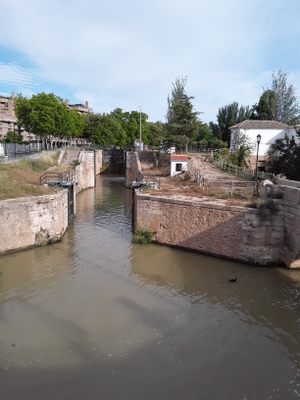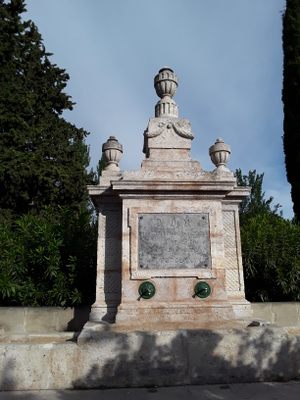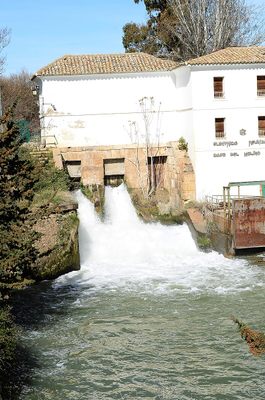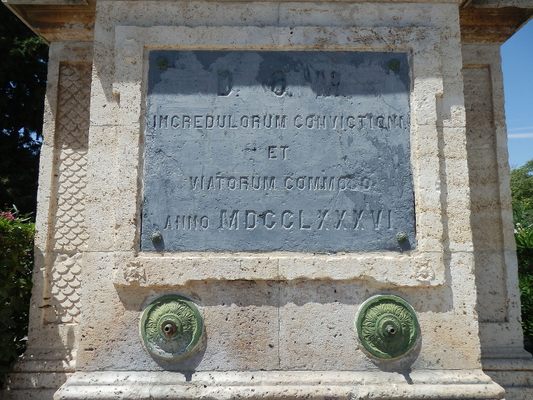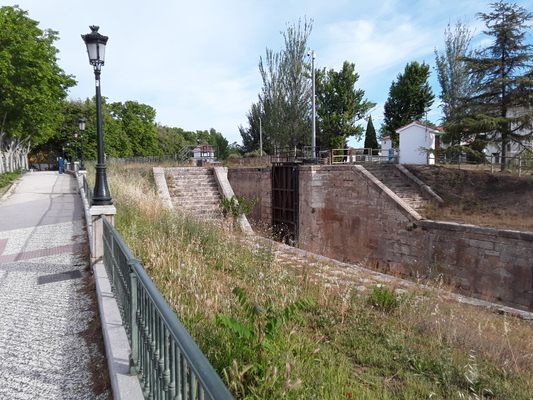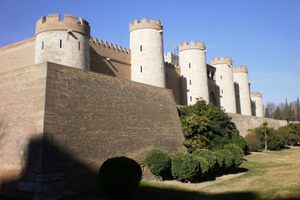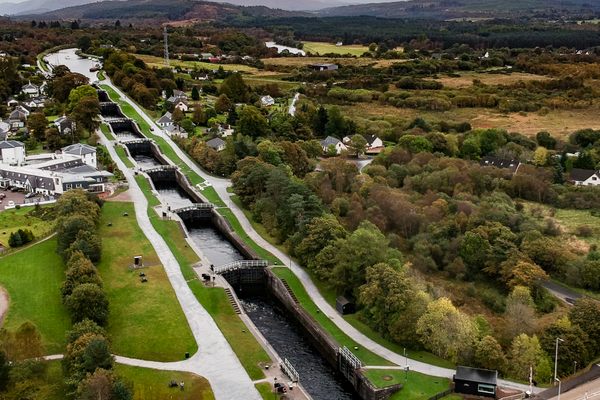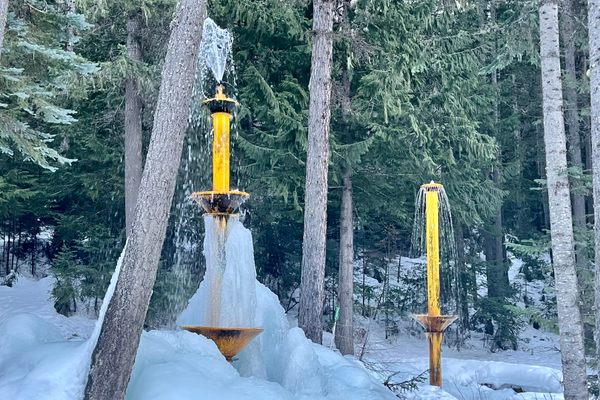About
The Imperial Canal of Aragon is a civil engineering achievement of the highest order. Built in the 18th century, it aimed to provide irrigation water for lands to the southeast and above the level of the River Ebro, as well as a means of navigation linking Aragon to the sea. But some important citizens of Zaragoza did not support the building of the canal, due to the social changes it could bring about in the agrarian community. They openly expressed disbelief that it would ever reach the city.
When the locks and the canal-fed water mill were opened at the Casa Blanca (now Casablanca), in what was then the inner suburbs of the city, engineer Rámon Pignatelli installed this memorial fountain as a way of flipping the bird to his critics. The fine fountain stands on the edge of an attractive park adjacent to one of the main routes into the city, and directly next to the locks and water mill that it commemorates.
The fountain once served as a horse trough, while the canal was originally used for trade in agricultural products. There was also a passenger service between Zaragoza and Bocal. While the canal was highly successful for irrigation, it never achieved its other aim of linking Aragon to the sea. As with many commercial navigation canals, it became obsolete in the face of competition from railways.
The mill was converted for electricity generation in the early 1890s, and photographs from the early 20th century show small rowboats being used for leisure, instead of the larger barges and ships that formerly sailed the canal.
Related Tags
Know Before You Go
The Tranvia tram line runs right past the fountain, close to the Casablanca stop. Group visits are available for a small fee during weekdays, with individual visits available for slightly more money on some weekends.
About a mile downstream, just after an aqueduct over the Rio Huerva, navigation is interrupted by a modern road bridge with about two feet of headroom. A kayak might pass it if the paddler is very flexible, but even that is doubtful (and possibly dangerous).
Community Contributors
Added By
Published
June 20, 2024

